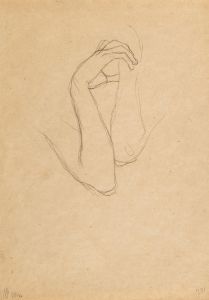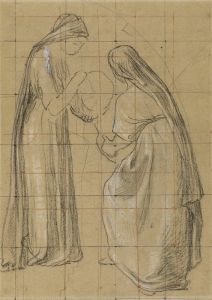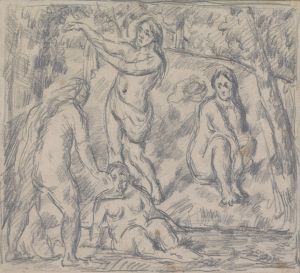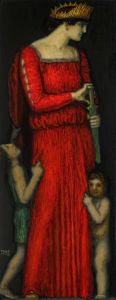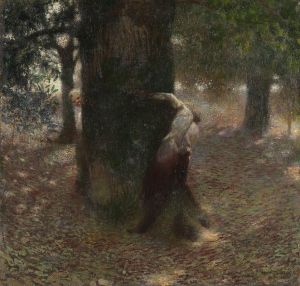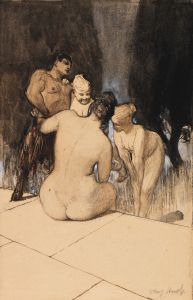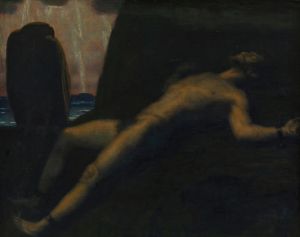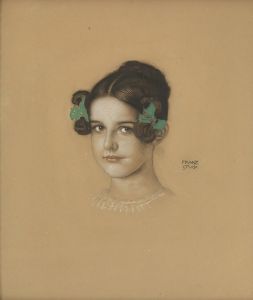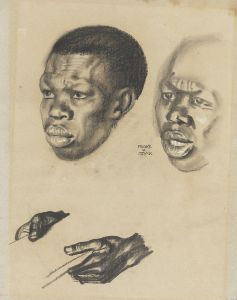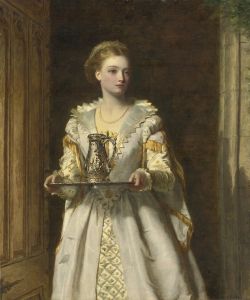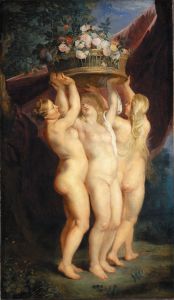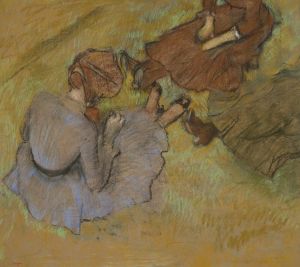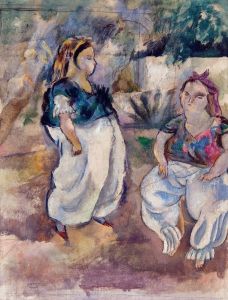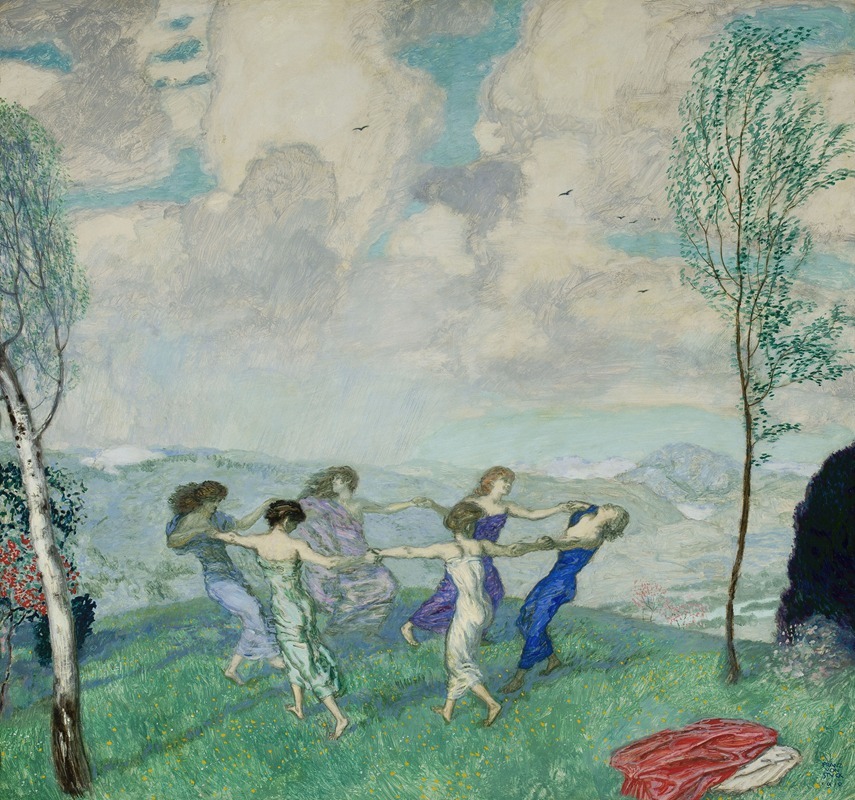
Dancing circle
A hand-painted replica of Franz von Stuck’s masterpiece Dancing circle, meticulously crafted by professional artists to capture the true essence of the original. Each piece is created with museum-quality canvas and rare mineral pigments, carefully painted by experienced artists with delicate brushstrokes and rich, layered colors to perfectly recreate the texture of the original artwork. Unlike machine-printed reproductions, this hand-painted version brings the painting to life, infused with the artist’s emotions and skill in every stroke. Whether for personal collection or home decoration, it instantly elevates the artistic atmosphere of any space.
Franz von Stuck was a prominent German painter, sculptor, and architect, known for his significant contributions to the Symbolist movement in the late 19th and early 20th centuries. Among his diverse body of work, "Dancing Circle" is one of his notable paintings, reflecting his fascination with mythological themes and the human form.
"Dancing Circle" exemplifies Stuck's characteristic style, which often includes a blend of classical mythology and modern symbolism. The painting depicts a group of figures engaged in a circular dance, a motif that is rich in symbolic meaning across various cultures. Circular dances are often associated with unity, eternity, and the cyclical nature of life, themes that resonate with the Symbolist movement's interest in exploring deeper philosophical and existential questions.
Franz von Stuck was born on February 23, 1863, in Tettenweis, Bavaria. He showed an early talent for art, which led him to study at the Munich Academy of Fine Arts. Stuck's work gained recognition for its dramatic use of light and shadow, as well as its incorporation of mythological and allegorical subjects. His style is often characterized by a strong linear quality and a preference for dark, moody palettes, which can be seen in "Dancing Circle."
The painting is believed to have been created during a period when Stuck was deeply involved in the Munich Secession, an art movement he co-founded in 1892. The Munich Secession was part of a broader trend across Europe where artists sought to break away from traditional academic art and explore new, innovative forms of expression. Stuck's involvement in this movement is reflected in his willingness to experiment with form and content, as seen in "Dancing Circle."
Stuck's fascination with mythology is evident in many of his works, and "Dancing Circle" is no exception. The figures in the painting may draw inspiration from ancient Greek or Roman myths, which often featured gods and mortals engaged in dance as a form of celebration or ritual. This connection to mythology not only highlights Stuck's interest in the past but also his desire to explore timeless human experiences through art.
The composition of "Dancing Circle" is carefully arranged to draw the viewer's eye around the canvas, emphasizing the fluidity and motion of the dance. Stuck's use of color and light creates a sense of depth and movement, inviting the viewer to become part of the scene. The painting's dynamic energy and symbolic content make it a compelling example of Stuck's work and his contribution to the Symbolist movement.
Franz von Stuck continued to be an influential figure in the art world until his death on August 30, 1928. His legacy is preserved through his numerous works, including "Dancing Circle," which continue to be studied and admired for their artistic and symbolic depth. Stuck's ability to blend classical themes with modern sensibilities ensures that his work remains relevant and appreciated by contemporary audiences.





